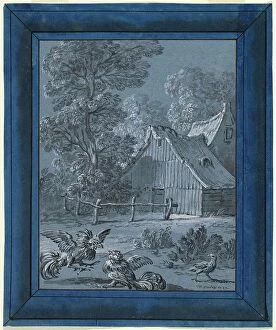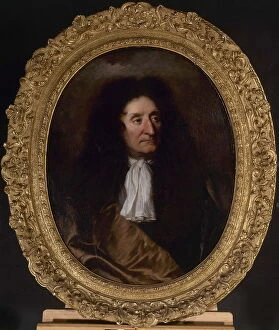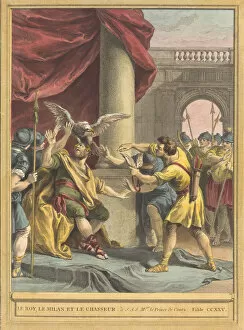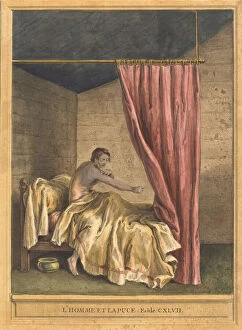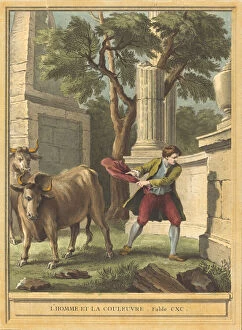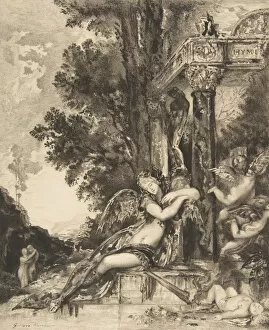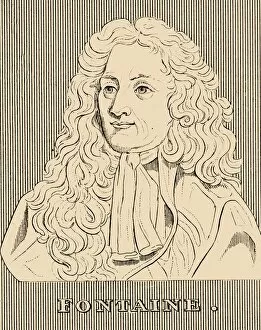Fontaine Jean De La Collection
"Fontaine Jean de la: A Journey Through Time and Artistic Creations" Step into the world of Fontaine Jean de la, a name that resonates with history and creativity
All Professionally Made to Order for Quick Shipping
"Fontaine Jean de la: A Journey Through Time and Artistic Creations" Step into the world of Fontaine Jean de la, a name that resonates with history and creativity. This captivating plate from Montereau, dating back to 1800/25 and created by Creil Pottery, is just the beginning of our exploration. Moving forward in time, we encounter the enchanting "Fables of La Fontaine" furnishing fabric from Rouen circa 1830. Bapaume et Cocatrix's craftsmanship brings these timeless tales to life through intricate designs. Continuing our journey, we stumble upon another set of "Eight Fables of La Fontaine" on a mesmerizing furnishing fabric from Munster around 1810. The vibrant colors and detailed illustrations transport us into the heart of each fable. The year is now 1815 when Hartmann et Fils presents us with their exquisite "Fables of Fontaine Furnishing Fabric. " This piece captures the essence of French artistry during this period, showcasing delicate motifs inspired by La Fontaine's beloved stories. As we delve deeper into La Fontaine's world, his fables come alive before our eyes. Published in 1759, "Le roi, le milan et le chasseur (The King, the Kite, and the Hunter)" takes us on an allegorical adventure filled with moral lessons. Benoit-Louis Prevost's work shines through in his publication from 1756 titled "L'homme et la puce (The Man with Fleas). " This whimsical creation reminds us that even tiny creatures can have a profound impact on our lives. Intriguingly dark yet thought-provoking is "L'homme et la couleuvre (Man and Snake), " published in 1759. Its creator remains unknown but leaves an indelible mark through this powerful depiction.



